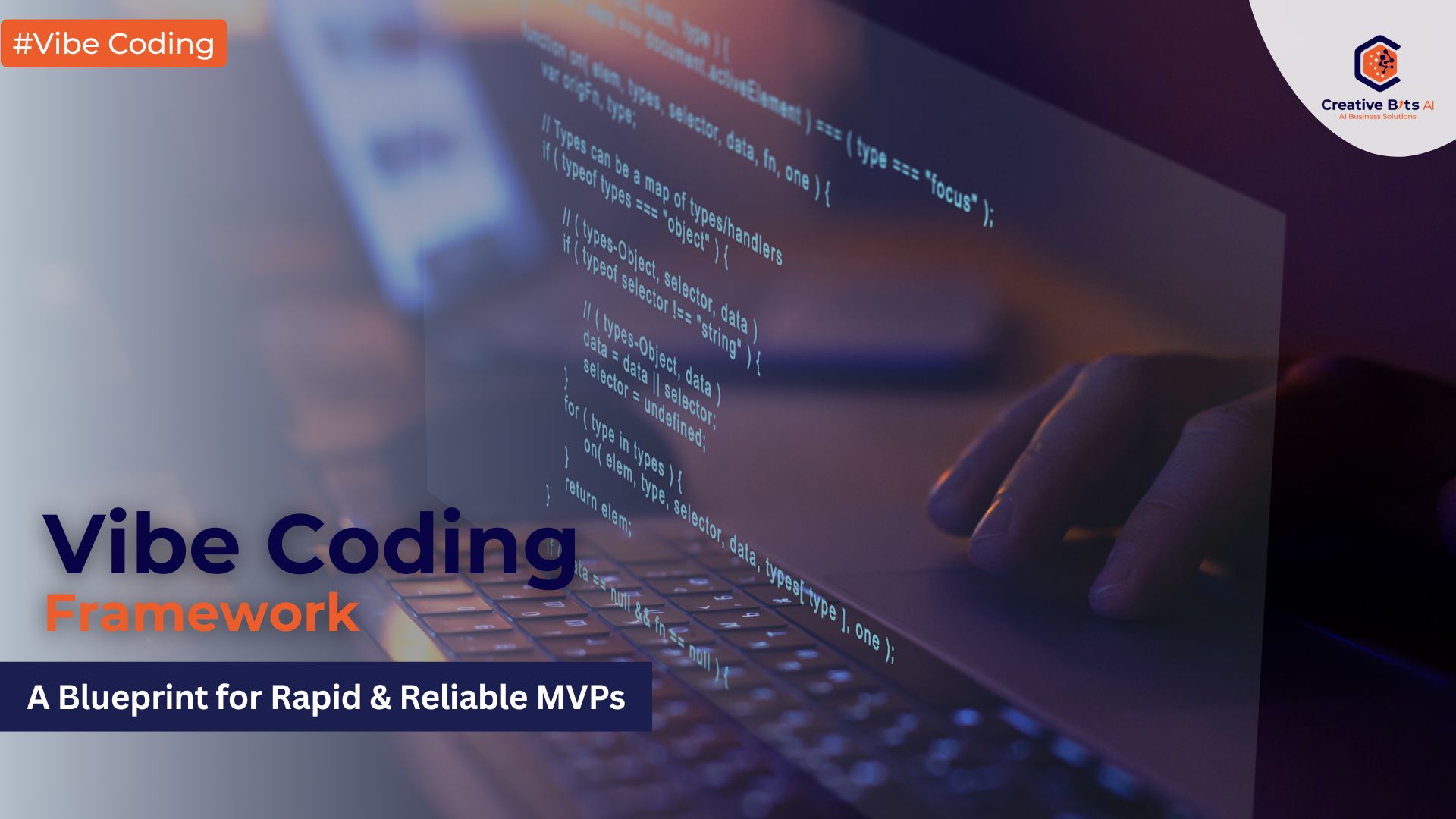Imagine solving problems in medicine, materials science, and climate research faster and more efficiently than ever before. AI in scientific discovery is changing how we solve these problems. With its ability to analyze data, identify patterns, and predict outcomes, AI is helping scientists tackle some of the toughest challenges in these fields faster and more efficiently.
From speeding up drug discovery to designing new materials and improving climate predictions, AI is like a superpower for researchers. Let’s dive into how it’s making a difference in these three critical areas.
How AI Is Changing Medicine
Understanding Proteins with AlphaFold
Proteins are the body’s workhorses, responsible for everything from fighting diseases to carrying oxygen in your blood. To understand how they work, scientists need to know their shape, which is like solving a giant 3D puzzle. This used to take years, but AI is changing that.
AlphaFold, a tool created by DeepMind, can predict the shapes of proteins in hours. This breakthrough is helping researchers develop new medicines faster and understand diseases like Alzheimer’s and cancer in ways we couldn’t before.
For example, AlphaFold helped scientists study the coronavirus spike protein, speeding up the development of COVID-19 treatments. It’s like having a crystal ball for understanding the biology of life.
Faster, Smarter Drug Discovery
The traditional process of finding new medicines is slow and costly. AI in medicine is helping researchers test thousands of compounds virtually, rather than in a lab, saving time and money. For example, Pfizer used AI to improve yield and reduce production time for its COVID-19 vaccine manufacturing.
AI isn’t just speeding up the process—it’s also making it smarter. It’s helping scientists explore chemical combinations they wouldn’t have thought of, which could lead to breakthroughs in treating rare and complex diseases.
Better Diagnoses and Personalized Medicine
Have you ever wished doctors could create a treatment plan just for you? AI is making that possible. By analyzing your medical history, genetic data, and even imaging scans, AI tools can help doctors catch diseases earlier and recommend treatments tailored to your unique needs.
For instance:
- AI can analyze mammograms to detect breast cancer earlier than traditional methods.
- It can predict your risk for heart disease based on patterns in your health data.
This means more accurate diagnoses and treatments that are better suited for each patient.
How AI Is Helping Materials Science
Designing Better Materials
Creating new materials, like stronger metals or better batteries, has always been a trial-and-error process. AI is changing that. Instead of testing thousands of combinations in a lab, scientists can use AI to predict how materials will behave before they’re even made.
For example:
- AI helped discover thermoelectric materials that make heating and cooling systems more energy-efficient.
- It’s also being used to find materials for better solar panels and electric vehicle batteries.
This saves time, money, and resources while unlocking new possibilities for innovation.
Faster Simulations with AI
Simulating how materials behave under different conditions is a crucial step in development, but it can take weeks or months. AI speeds up this process by using smarter algorithms that get results faster and more accurately.
This allows researchers to explore a wider range of materials and focus on the most promising options, like lightweight alloys for airplanes or biodegradable plastics for packaging.
Improving Manufacturing Processes
AI isn’t just helping scientists design materials; it’s also making their production more efficient. In factories, AI tools monitor every step of the process, spotting issues and making adjustments in real time.
For example:
- AI is used in 3D printing to ensure every product meets quality standards.
- It can also optimize production lines, reducing waste and cutting costs.
These improvements are making manufacturing greener and more efficient.
How AI Is Improving Climate Research
Better Climate Predictions
Predicting the future of our planet is no easy task. Traditional climate models are powerful but often limited by the sheer complexity of the data. AI is stepping in to help.
By analyzing massive amounts of climate data, AI can make predictions that are more accurate and detailed. For example:
- AI-powered models can forecast extreme weather events like hurricanes with greater precision.
- They can also provide better insights into how rising temperatures will impact specific regions.
This helps governments and communities plan for the future more effectively.
Tracking Environmental Changes
The Earth is changing rapidly, and keeping track of everything is a monumental task. Satellites, sensors, and other tools collect huge amounts of data daily, and AI helps make sense of it.
Some practical uses include:
- Monitoring deforestation and illegal logging in real time.
- Tracking endangered species and biodiversity.
- Optimizing renewable energy systems, like wind farms and solar power grids.
AI allows scientists to see the bigger picture and take action where it’s needed most.
Fighting Climate Change
AI isn’t just about studying climate change—it’s also helping us fight it. By analyzing data and running simulations, AI can guide decisions on reducing emissions and building climate-friendly systems.
For instance:
- AI is helping cities plan smarter, greener infrastructure, like energy-efficient buildings and better public transport systems.
- It’s optimizing power grids to use more renewable energy, reducing reliance on fossil fuels.
These tools are helping us adapt to climate change and create a more sustainable future.
Conclusion
AI in scientific discovery is a powerful tool changing how we approach some of the biggest challenges in medicine, materials science, and climate research. It’s helping us find cures faster, design better materials, and protect our planet more effectively.
The possibilities are endless, and our progress so far is just the beginning. As more industries adopt AI-driven approaches, AI in science reflects the broader momentum of AI trends in 2025. By continuing to invest in AI and supporting collaboration across fields, we can unlock solutions that benefit everyone.
If your business is looking to leverage the power of AI for innovative solutions, we can help. From streamlining processes to unlocking new insights, our AI-driven tools are designed to drive real-world results tailored to your industry. Let’s work together to shape a smarter, more efficient future.


